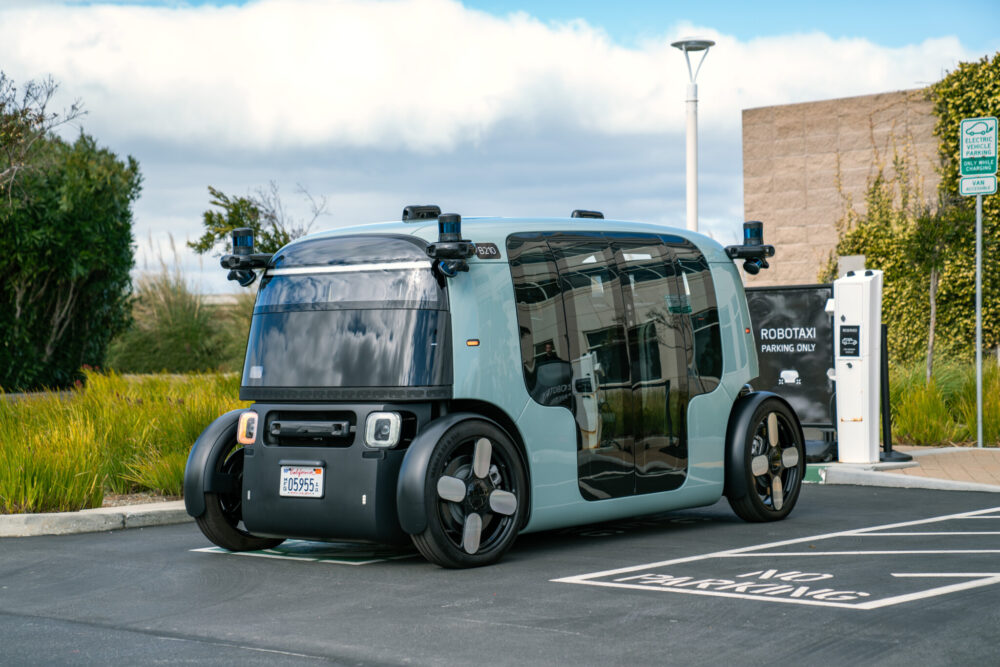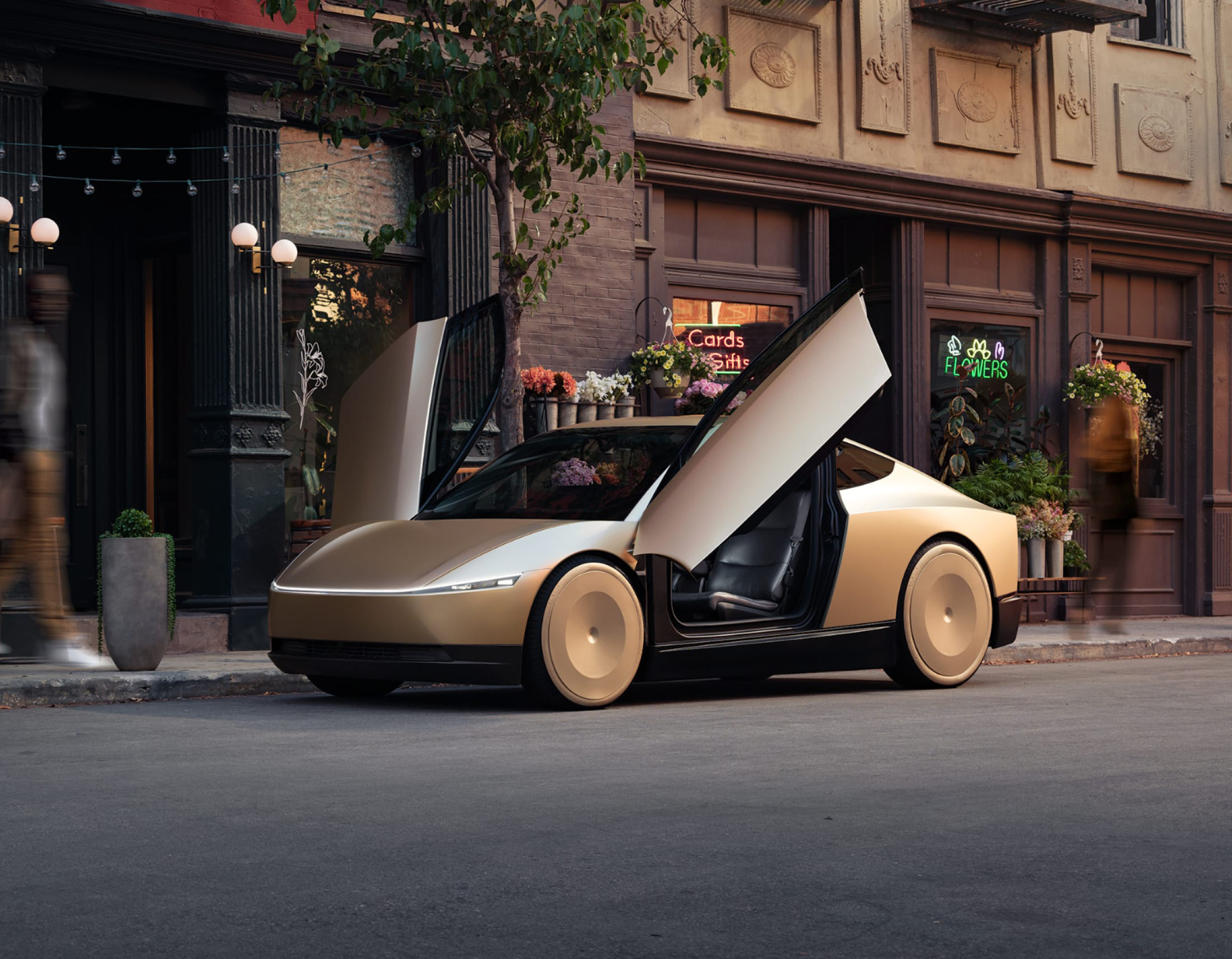Alphabet’s Waymo self-driving division has confirmed the expansion of its driverless robotaxi service, known as Waymo One, to the US capitol city Washington, DC.
Waymo in a blog post confirmed that “Waymo One, the world’s leading fully autonomous ride-hailing service, will be ready for riders in the nation’s capital on the Waymo One app in 2026.”
It comes after Waymo has spent most of 2024 expanding its service in a number of locations in America, citing “growing demand”.
Washington DC
“We’re laying the groundwork for our fully autonomous ride-hailing service after returning to Washington DC earlier this year, and we’ll continue introducing ourselves to DC’s communities and emergency responders over the coming months,” the firm announced.
Waymo had run a brief trial run in Washington DC last year, but in January 2025 Waymo’s robotaxis began mapping Washington’s streets. However they used a safety driver sitting behind the wheel to take control of the vehicle if something went wrong.
This was a requirement from the District of Columbia, and Waymo said it will continue to work closely with policymakers to formalise the regulations needed to operate without a human behind the wheel.
“Waymo One is making fully autonomous driving a reality for millions of people across the US” said Waymo co-CEO Tekedra Mawakana. “We’re excited to bring the comfort, consistency, and safety of Waymo One to Washingtonians, those who work and play in the city every day, and the millions of people from around the world who travel to the District every year.”
The firm noted that Waymo One currently provides more than 200,000 fully autonomous paid trips each week, in US cities including San Francisco Bay area, Phoenix, Los Angeles, and Austin (Texas). Waymo One is also being rolled out to riders in Atlanta and Miami, with Washington DC to follow in 2026.
Uber partnership
Google had begun developing self-driving technology back in 2009, and after almost two years of road testing with seven vehicles, officially revealed the project to the world in October 2010.
![]()
In 2016 Alphabet spun out the self-driving operation and created Waymo, signalling that the company was ready to forge a commercial roadmap with its autonomous car technology.
Waymo first launched its ride-hailing service in 2017 in Phoenix, and in 2020 introduced fully autonomous public rides, serving hundreds of rides weekly.
Waymo also operates in selected US cities in partnership with Uber, allowing users to summon a Waymo robotaxi via the Uber app, instead of the Waymo One app.
It should be remembered Uber had sold off its own self-driving unit in 2020 following a 2018 incident in which one of its vehicles killed a pedestrian, and since then has relied on deals with Waymo, Cruise and SoftBank-backed UK start-up Wayve.
General Motors however axed its Cruise division in December 2024, while Amazon’s Zoox self-driving unit is still in a testing phase and expected to be available to the public sometime in 2025.

Image credit Zoox
Tesla Robotaxi
There is still another potential robotaxi player in the US market, namely Elon Musk’s Tesla.
In October 2024 Elon Musk had arrived almost an hour late for a launch event of the new low two-seater Cybercab, which he claimed was a “fully autonomous” vehicle with no steering wheel or pedals for drivers.
But investors were not impressed at the lack details and Musk’s unrealistic promise that the Cybercab would only cost $30,000, and consequently shares in Tesla fell nearly 6 percent to $238.77 the following day.

Tesla’s Cybercab model also faces a number of challenges before its promised ride-share launch in Austin, Texas in June this year.


